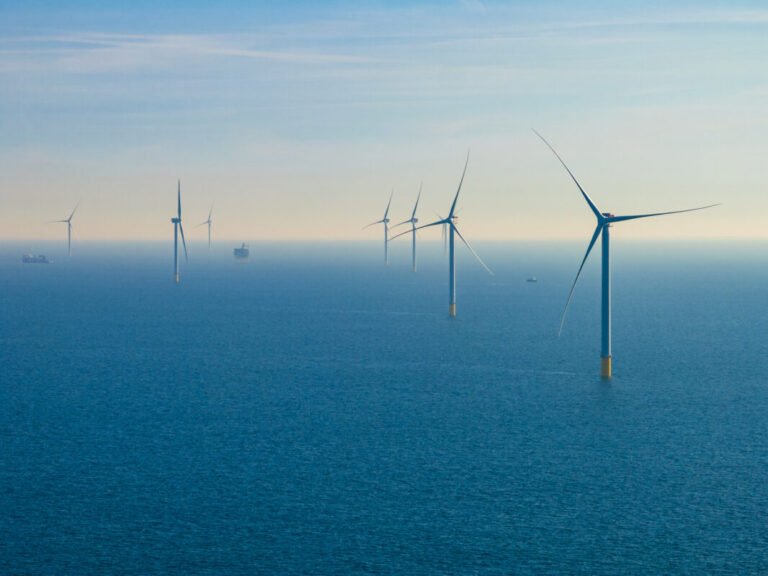The BeWild Project Completes World’s First Fully Remote Ecology Survey at Hollandse Kust Nord Offshore Wind Farm
The BeWild project, led by the Dutch geo-data specialist company Fugro, has completed what they claim to be the world’s first fully remote ecology survey at CrossWind’s Hollandse Kust Nord offshore wind farm in the Netherlands.
Together, the BeWild partners integrated computer vision and environmental DNA (eDNA) sampling into Fugro’s Blue Volta electric remotely operated vehicle (eROV). This system was deployed from its Blue Essence uncrewed surface vessel (USV), with both USV and eROV controlled from Fugro’s remote operations centre in Aberdeen.
According to the company, this approach enables more efficient and less disruptive monitoring, which is crucial for protecting marine life and the sustainable growth of offshore wind energy.
“This survey provides a glimpse into the future of offshore ecology monitoring. By delivering high-quality data remotely, we’re not only reducing operational costs and environmental impact, but also enabling our clients to gain unprecedented insights into the health and biodiversity of their offshore assets,” said Dan Smith, BeWild Manager.
This survey marks the first of four research and development assessments at CrossWind, a joint venture between Shell and Eneco, under the BeWild project, supported by a Mission-driven Research, Development and Innovation (MOOI) subsidy from the Dutch Enterprise Agency (RVO).
“At CrossWind, we are excited to combine remote asset inspections with ecological monitoring of our nature inclusive scour protection measures. By combining the two, we can be more efficient with our resources offshore, ultimately making it safer for people,” said Pauline Roos, CrossWind’s marine ecologist.
Hollandse Kust Noord is located 18.5 kilometers off the coast of Egmond aan Zee and has 69 Siemens Gamesa SG 11.0-200 DD wind turbines.
The 759 MW offshore wind farm, which went into operation on 20 December 2023, is expected to produce at least 3.3 TWh of electricity, which corresponds to 2.8% of the electricity demand.

